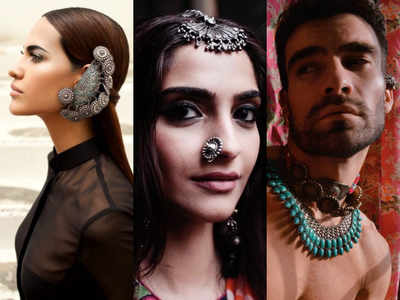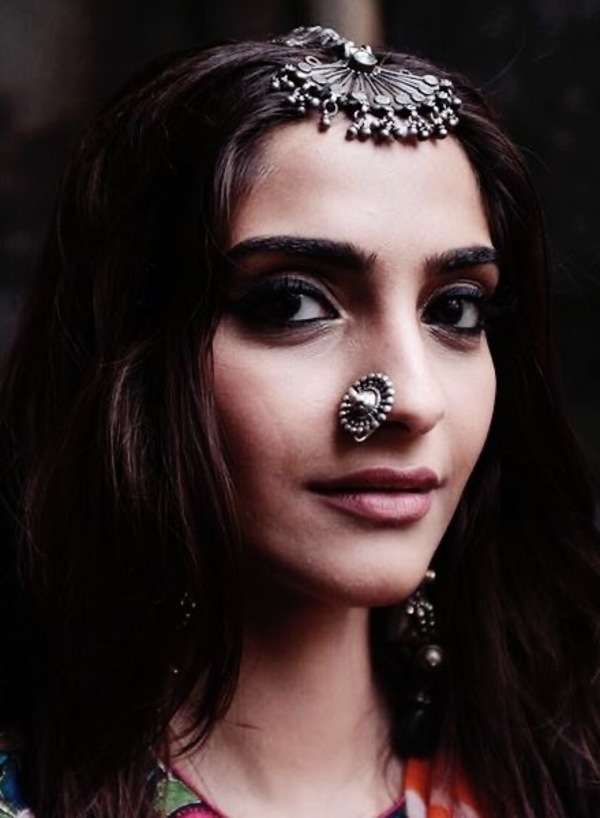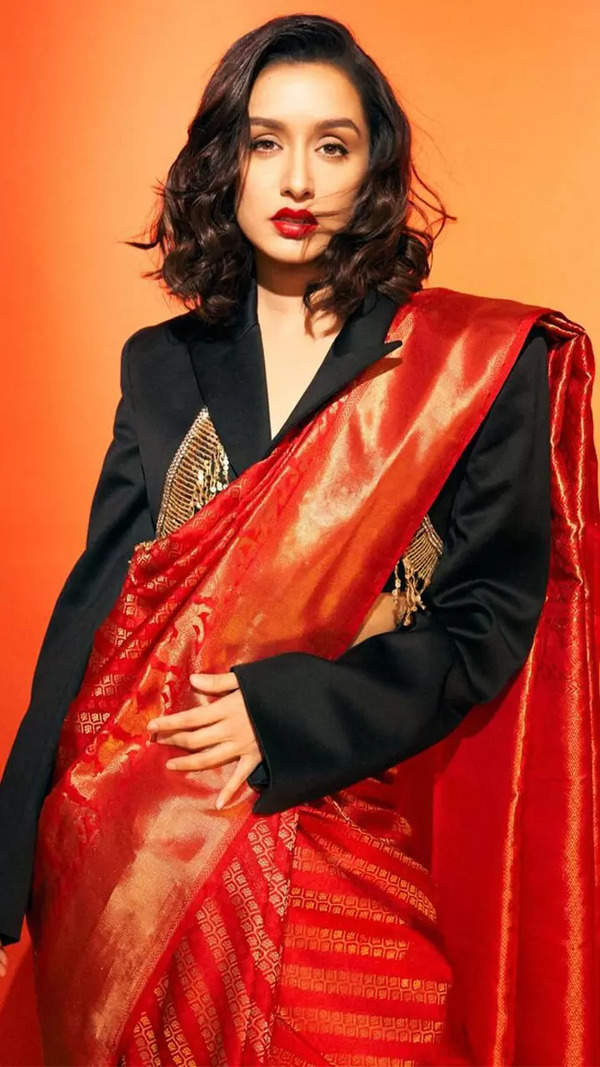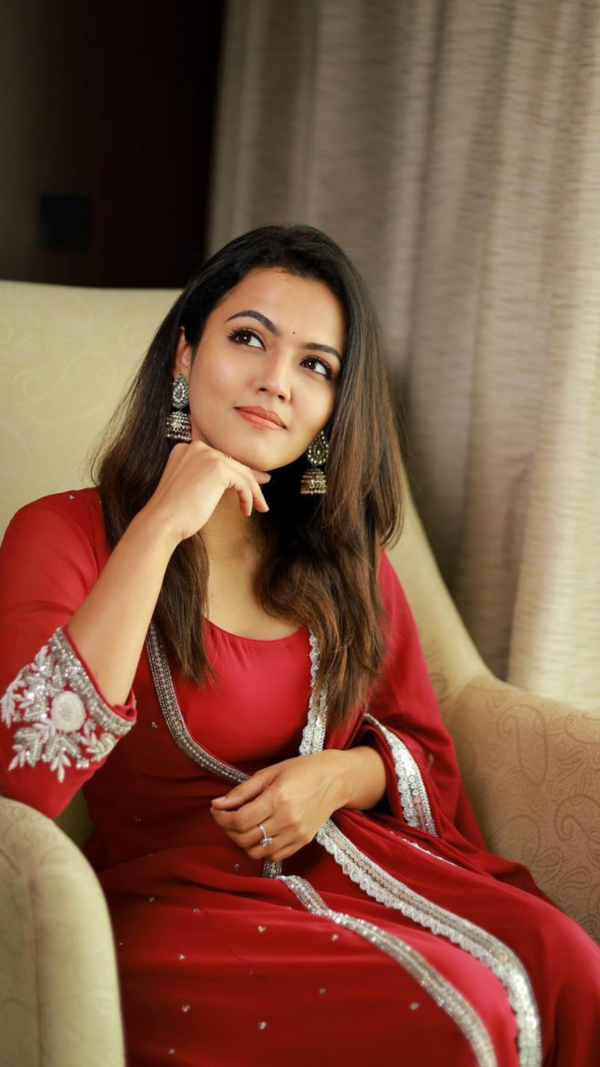Trending
This story is from June 22, 2021
Silver glams up jewellery trends
The beauty of these antique pieces is that they have turned out to be unisex and timeless.

Silver, antique jewellery beautifully compliments any fusion or traditional attire, and it is trending really hot this season. Everything is going along the concept of fusion wear, even these adorable, oxidized pieces of silver jewellery that make sure to catch everyone’s eye. The beauty of these antique pieces is that they have turned out to be unisex and timeless.Silver jewellery has been worn by men as well as women for a long period of time now. Silver is one of the precious metals, and it has various parts to play when it comes to our treasured possessions.

Silver is a shiny, white lustrous metal, and it exhibits the highest electrical and thermal conductivity and reflectivity out of any element. It’s not only valued as a precious metal but it is supposed to be the most auspicious one for any new business to start; it is even presented as an offering during traditional rituals to attract good wealth and prosperity. Other than in currency, or as means of investment, silver is used in solar panels, water filtration, and is most beautifully used and crafted in jewellery pieces, high-value tableware and utensils, prayer objects, and other such valuables. Silver spans a really wide range of items when we discuss about objects or jewellery made in silver. Jewellery brands are keeping it clean-cut, or in a vintage antique detailing, and have come up with innumerable designs for silver jewellery pieces.

In many rural parts of India, silver jewellery is a symbol of richness, culture, heritage, and pride. Women in tribal areas of India wear heavy silver jewellery to flaunt financial security and it assures contingency as well as the purpose of adornment. Ornaments are made of silver and with oxidation-effect on different designs such as big bangles, heavy kadas, armlets, rings, big, chunky earrings to nose rings, chains and necklaces, even toe rings for women of any age are decorated in such styles. Melting old silver and remaking it into jewels is still considered a very known practice. Coming from the rural tribal areas, these old silver designs have been in great demand in the fashion world, all inspired by their origin and base. Oxidized silver designs that give an old and rough look, studded with different semi-precious gems are quite exquisite and popular globally. They are reasonably priced, and versatility from different states has had an indigenous influence over its design. In India, silver jewellery patterns and styles differ from place to place. Many times, the detailing of the jewels worn by women depicts their marital status or identity of the community they are from. Designs differ from Kolhapur (Maharashtra) to Hathras (UP), from Salem (Tamil Nadu) to Rajkot and Kutch (Gujarat), and each area’s unique motifs and craftsmanship are adorned with many different effects and stonework. Furthermore, these silver jewellery designs are an inspiration for many popular brands across the world today. Youngsters and college students coming from art and other creative fields seem to be loving silver junk jewellery since it offers a wide variety of choices in an affordable price range as compared to gold, and what’s more is that it’s a reflection of traditional creativity, it looks very cool and classy, but it is full of funk at the same time.
The genealogy of silver regalia
As per the book of Genesis, heaps of slag were found in Asia Minor and on the islands of the Aegean Sea. These give enough proof of the fact that the process of separation and extraction of silver from lead was done even in the 4th millennium BC. Sardinia, in the early Chalcolithic Age, is believed to be one of the oldest silver extraction centres in Europe. The Roman currency was dependent on the supply of silver bullion to a large extent for maintaining stability. Roman minors produced it at the largest silver stock owned by the Roman economy in the middle of the 2nd century AD. This even led to the Opium War in the 19th century when Britain was unable to give payments in the form of silver in exchange for tea, silk, and porcelain taken from China. Islam religion allowed men to wear silver metal rings as per the history of Prophet Muhammad – he is also referred to as wearing a silver signet ring. The shining metal silver was first mined in Turkey around 3000 BC. The value of silver helped many civilisations in Crete and Greece flourish. The period from 1000 to 1500 AD saw remarkable growth in the usage of silver, till later in the 19th century when many other countries gained prominence in the production of silver. Some of the most precious silver jewellery pieces have been worn by some of the strongest women in the history of the world. Whether from a scientific, traditional, or astrological point of view, the charm of silver has always proven its significant place in the jewellery around the world, and it has always been loved by women adorning themselves with it.

Silver is a shiny, white lustrous metal, and it exhibits the highest electrical and thermal conductivity and reflectivity out of any element. It’s not only valued as a precious metal but it is supposed to be the most auspicious one for any new business to start; it is even presented as an offering during traditional rituals to attract good wealth and prosperity. Other than in currency, or as means of investment, silver is used in solar panels, water filtration, and is most beautifully used and crafted in jewellery pieces, high-value tableware and utensils, prayer objects, and other such valuables. Silver spans a really wide range of items when we discuss about objects or jewellery made in silver. Jewellery brands are keeping it clean-cut, or in a vintage antique detailing, and have come up with innumerable designs for silver jewellery pieces.

The Indian charm of antique silver
In many rural parts of India, silver jewellery is a symbol of richness, culture, heritage, and pride. Women in tribal areas of India wear heavy silver jewellery to flaunt financial security and it assures contingency as well as the purpose of adornment. Ornaments are made of silver and with oxidation-effect on different designs such as big bangles, heavy kadas, armlets, rings, big, chunky earrings to nose rings, chains and necklaces, even toe rings for women of any age are decorated in such styles. Melting old silver and remaking it into jewels is still considered a very known practice. Coming from the rural tribal areas, these old silver designs have been in great demand in the fashion world, all inspired by their origin and base. Oxidized silver designs that give an old and rough look, studded with different semi-precious gems are quite exquisite and popular globally. They are reasonably priced, and versatility from different states has had an indigenous influence over its design. In India, silver jewellery patterns and styles differ from place to place. Many times, the detailing of the jewels worn by women depicts their marital status or identity of the community they are from. Designs differ from Kolhapur (Maharashtra) to Hathras (UP), from Salem (Tamil Nadu) to Rajkot and Kutch (Gujarat), and each area’s unique motifs and craftsmanship are adorned with many different effects and stonework. Furthermore, these silver jewellery designs are an inspiration for many popular brands across the world today. Youngsters and college students coming from art and other creative fields seem to be loving silver junk jewellery since it offers a wide variety of choices in an affordable price range as compared to gold, and what’s more is that it’s a reflection of traditional creativity, it looks very cool and classy, but it is full of funk at the same time.
The genealogy of silver regalia
As per the book of Genesis, heaps of slag were found in Asia Minor and on the islands of the Aegean Sea. These give enough proof of the fact that the process of separation and extraction of silver from lead was done even in the 4th millennium BC. Sardinia, in the early Chalcolithic Age, is believed to be one of the oldest silver extraction centres in Europe. The Roman currency was dependent on the supply of silver bullion to a large extent for maintaining stability. Roman minors produced it at the largest silver stock owned by the Roman economy in the middle of the 2nd century AD. This even led to the Opium War in the 19th century when Britain was unable to give payments in the form of silver in exchange for tea, silk, and porcelain taken from China. Islam religion allowed men to wear silver metal rings as per the history of Prophet Muhammad – he is also referred to as wearing a silver signet ring. The shining metal silver was first mined in Turkey around 3000 BC. The value of silver helped many civilisations in Crete and Greece flourish. The period from 1000 to 1500 AD saw remarkable growth in the usage of silver, till later in the 19th century when many other countries gained prominence in the production of silver. Some of the most precious silver jewellery pieces have been worn by some of the strongest women in the history of the world. Whether from a scientific, traditional, or astrological point of view, the charm of silver has always proven its significant place in the jewellery around the world, and it has always been loved by women adorning themselves with it.
End of Article
FOLLOW US ON SOCIAL MEDIA








